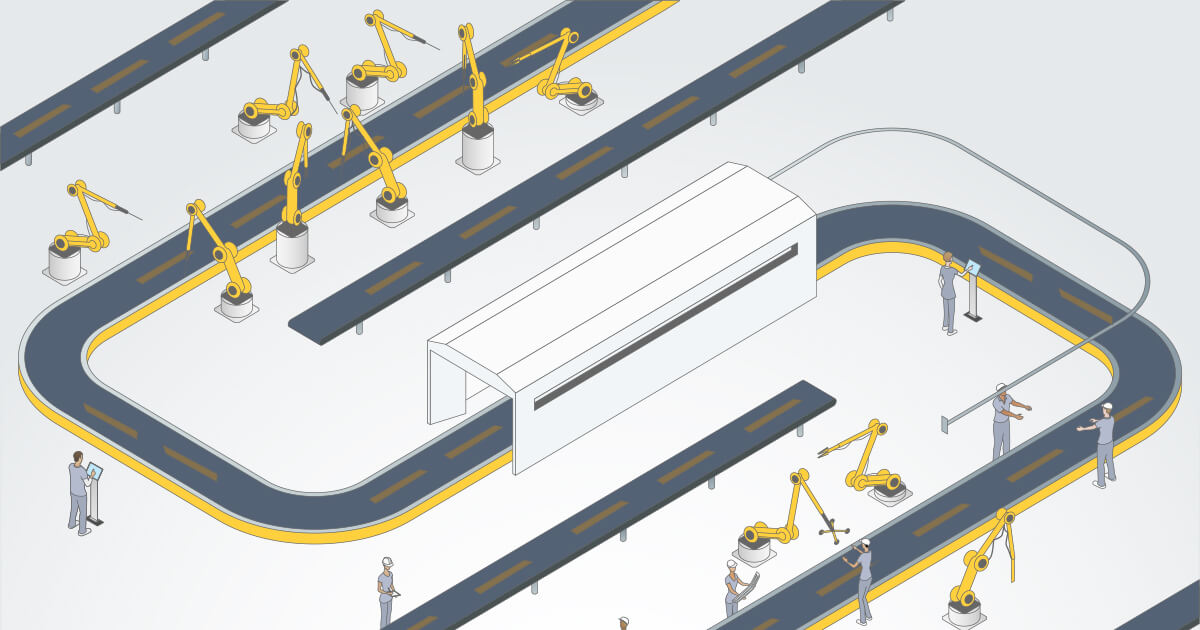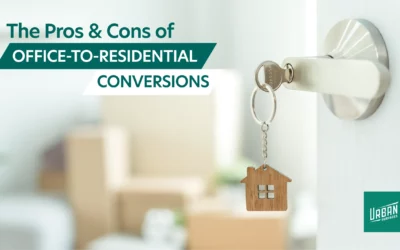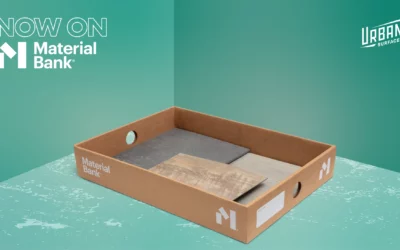When many of us think of vinyl flooring, we picture the floors of the 70s and 80s such as peel and stick tile, or maybe a vinyl sheet floor that looked like wood or brick. Vinyl flooring has come a long way from those days and is quickly becoming the top choice for both residential and commercial dwellings, but have you ever wondered how vinyl flooring is made?
First, let’s talk about why vinyl flooring is increasing in popularity. Vinyl floor is truly the best choice for most spaces as it’s 100% waterproof. Plus, with tech advances, you can find vinyl floors that look exactly like hardwood, tile or natural stone enabling you to create a stylish look in all spaces, including those where you wouldn’t traditionally use a wood or tile product.
At Urban Surfaces, we’re proud to be Floorscore certified, which means our manufacturing process is rated as above expectations. Our vinyl flooring is manufactured with quality raw materials and tested for quality assurance before being placed on a truck for delivery.
Here’s the process of how our flooring is made here at Urban Surfaces:
It Starts with Quality, Virgin Materials
All Urban Surfaces vinyl flooring use raw materials that are 100% virgin. Using recycled materials to manufacture vinyl flooring can be a dangerous practice because there is no known single source for materials.
The manufacturing process begins with the wear layer being cut into sheets. Then the film, which is the image that will top the vinyl floor, is also cut into sheets.
Next up, the vinyl powder is heated and flat rolled. Once it’s out of the rollers, it’s also cut into sheets.
From there, the wear layer, film and vinyl are all stacked. Then all of these layers are heat pressed together. This heat pressing turns the raw materials into luxury vinyl sheets.
Finally, a polyurethane coating is added and cured and the luxury vinyl is cleaned and cooled in a water bath. The product then needs to be dried and prepared so that it can be cut.
Cutting the Vinyl Flooring Planks
The vinyl then gets cut into planks, and all of the scraps are recycled. Then, the edges of the planks are beveled and sanded to ensure the best fit possible when being installed.
The manufacturing process takes a few weeks to produce a batch. Each batch can be anywhere from one to ten containers, and factories can produce hundreds of containers per month.
Each factory has variations in their LVT production so there’s not one unique formula used to produce the flooring, and every factory makes their own standards which they adhere to.
Inspecting for High-Quality Standards
With manufacturing of the planks completed, they then undergo a quality inspection. Urban Surface’s quality inspectors carefully look for any product defect and remove any planks that don’t meet our rigorous standards.
During the inspection and testing process, here are a few items we’re looking for:
- Thickness of the product.
- Shrinkage and expansion. The product is run through various chambers that change temperature quickly to measure how much it expands or contracts.
- Puncture resistance. A machine measures the amount of force needed to cause permanent damage.
- Speed of wear. To determine how quickly a piece of flooring will wear, we measure the amount of spins it takes to break through the wear layer. The flooring has to go through a certain number of revolutions to be considered satisfactory.
- Visual tests. These compare multiple pieces from one batch to ensure they are consistently tinted and there are no visual defects.
- UV thickness. This test ensures each piece has a proper amount of UV coat.
In addition to these tests, there is also a 48-hour curing process where the product gets placed in a room set at a specific temperature and allowed to settle after being manufactured.
Once all the tests are completed, the product is boxed and sent to the warehouse, where it’s ready to be shipped, and on it’s way to you for your next flooring project.
Are you about to tackle a flooring project and are wondering if vinyl flooring might be right for you? Click here to request more information or get a flooring sample.
- You’re Invited to Urban Access! - June 18, 2024
- How to Become an Interior Designer - April 12, 2023
- BIM Objects Now Available To Download - September 22, 2022







Can your floating floor handle all day sun exposures? I want to use it in a beach condo in California where we have sun all day. Another concern is : will we get indentation from heavy furnitures
No Our floor cant handle long exposures to the sun. The Furniture should be fine